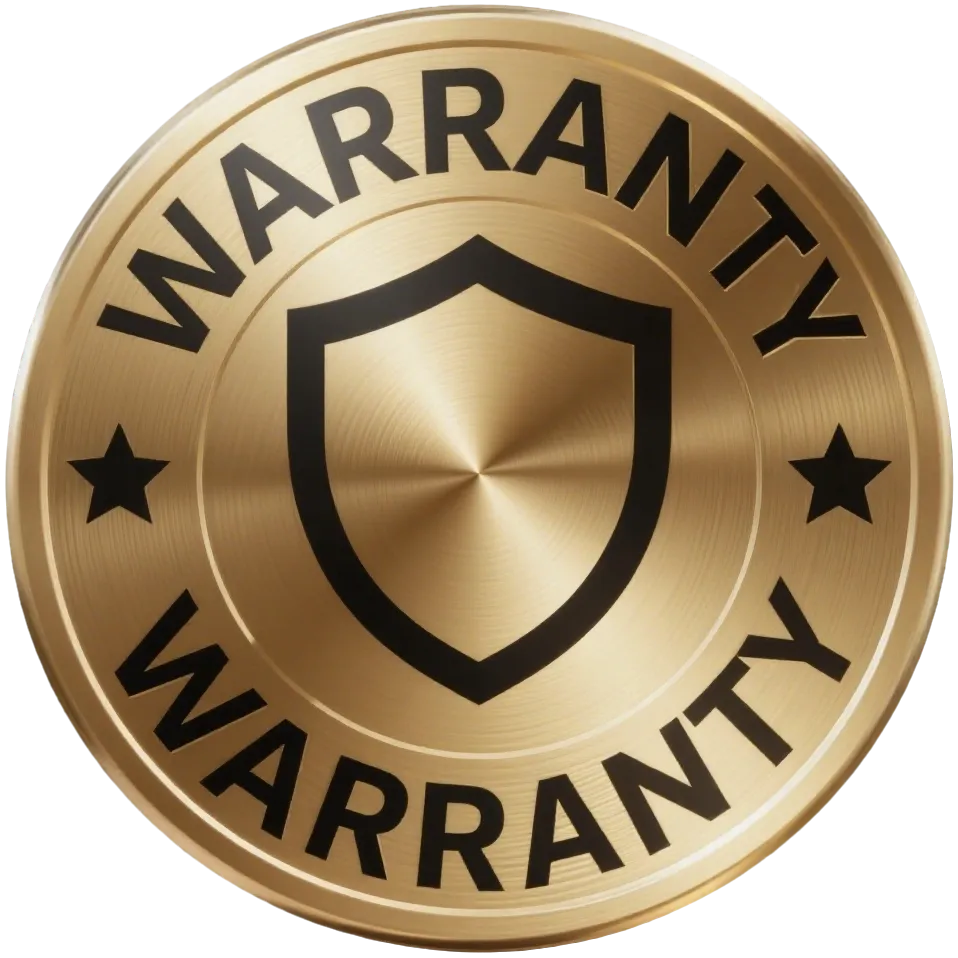When we think about home renovation risks, we often focus on budget overruns, bad contractors, or poor design choices. But there’s another, far more invisible threat lurking behind some of the most popular renovation materials: radiation from natural stone and ceramic tiles.
It might sound like science fiction, but it's science fact. Granite countertops, marble floors, and glazed tiles can emit radioactive gases such as radon, along with other radiation from naturally occurring radioactive elements like uranium, thorium, and potassium-40.
This guide explores how radiation risks can hide in plain sight during home improvement projects — and how you can protect yourself and your family, especially using tools like the AEGTESTSHOP Radon Detector, a professional-grade yet easy-to-use device designed for everyday households.
The Hidden Risk: Radiation in Building Materials
Natural stone — including granite, marble, slate, and quartzite — is formed deep within the Earth, where radioactive elements are part of the mineral makeup. When quarried and polished for countertops or tiles, these materials retain low levels of radioactivity.
The most concerning byproduct is radon, a radioactive gas that can leak from stone surfaces and accumulate in indoor spaces, especially if ventilation is poor. Over time, inhaling radon can damage lung tissue and lead to cancer.
According to the U.S. Environmental Protection Agency (EPA), radon is the second leading cause of lung cancer in the United States, responsible for over 21,000 deaths annually. It’s odorless, tasteless, and invisible — and the only way to know it’s present is through proper testing.
Where Radiation Risks Lurk During Renovation
1. Granite Countertops
Granite is prized for its durability and aesthetics, but some types — especially those with bright colors or visible veins — can contain elevated levels of uranium or thorium. These decay into radon gas over time.
2. Marble Flooring
While marble typically emits lower radiation levels than granite, it can still contribute to indoor radon accumulation, particularly in large installations or poorly ventilated areas.
3. Ceramic and Porcelain Tiles
These tiles are made from natural clay, often mixed with feldspar and other minerals. The glaze and coloring agents may also contain trace radioactive materials. Floors, walls, and backsplashes tiled with these products can act as slow, persistent sources of radon.
4. Imported Stone
Regulations on radiation levels in building materials vary globally. Some imported stones may not meet U.S. safety guidelines, making them a riskier choice for unaware homeowners.
The Problem with Radon: Why It's So Dangerous
Unlike other air pollutants, radon doesn’t irritate the senses. It won’t make you cough or feel dizzy. Its effects show up years or even decades later in the form of lung cancer.
Radon is produced when uranium decays underground. When stone materials containing uranium are used in homes, the radon gas they release can be trapped inside, especially during colder months when windows are closed. The gas enters the lungs and decays into radioactive particles that damage lung tissue over time.
Even relatively low levels of radon exposure can be harmful if sustained over the years. The EPA recommends mitigation for radon concentrations above 4.0 picocuries per liter (pCi/L), but no level is completely risk-free.
How to Protect Yourself: Testing Is the First Step
When renovating or building a home, testing for radon is just as important as checking for mold or asbestos. You can’t make informed decisions about materials and design until you know what you’re working with.
That’s where the AEGTESTSHOP Radon Detector becomes an essential part of your renovation toolkit.
Why Choose AEGTESTSHOP for Radon Monitoring?
AEGTESTSHOP has developed a compact, reliable, and accurate radon detector perfect for homeowners, renovators, and even professional contractors. Unlike short-term kits that provide only a snapshot, this device offers real-time, long-term monitoring, giving you ongoing insight into radon levels in your home.
🌟 Top Features of the AEGTESTSHOP Radon Detector:
-
Fast Detection: Delivers preliminary radon readings within just 1 hour, much faster than traditional kits.
-
Continuous Monitoring: Tracks radon levels hourly, daily, and monthly, helping you identify dangerous trends and fluctuations.
-
User-Friendly Display: Easy to read, no technical background required.
-
Smart Alerts: Notifies you when radon levels exceed safe thresholds.
-
Portable and Lightweight: Ideal for checking different rooms and during various stages of renovation.
Whether you’re upgrading your kitchen, installing new flooring, or finishing a basement, the AEGTESTSHOP device can help ensure your upgrades don’t come with unintended radiation risks.
Real-Life Renovation Horror Stories
Case 1: Granite Nightmare
A family in New Jersey installed imported granite countertops in their kitchen, only to find months later that their home's radon levels had doubled. After extensive investigation, it was traced back to the countertops. Using a continuous radon monitor like AEGTESTSHOP’s could have flagged the issue early, potentially avoiding thousands in mitigation costs.
Case 2: The Tile Trap
In California, a landlord renovated a rental unit using brightly glazed ceramic tiles from overseas. Tenants later complained of headaches and respiratory discomfort. Environmental testing found elevated radiation from tile surfaces and poor ventilation. The incident led to an expensive removal and legal complications.
What You Can Do: A Practical Checklist
If you’re planning a renovation or buying a newly remodeled property, follow this checklist to reduce your radiation exposure risk:
-
Test Before and After Renovation
Use the AEGTESTSHOP Radon Detector to establish baseline radon levels and monitor changes after installing new materials. -
Ask for Material Origin
When buying stone or tile, ask suppliers for radioactivity test reports or certification. Stick with reputable, regulated sources. -
Ventilation Matters
Ensure proper airflow in areas with stone or ceramic installations. Use exhaust fans and consider mechanical ventilation in basements. -
Seal Surfaces When Appropriate
Some granite surfaces can be sealed to reduce radon emissions, though this is not a complete solution. -
Retest Regularly
Radon levels can change with seasons and environmental factors. Keep your AEGTESTSHOP device plugged in to catch fluctuations.
International Regulations and Gaps
In the U.S., agencies like the EPA and NRC offer guidelines, but there are no federal laws that ban the sale of high-radiation stones. Other countries, like Sweden and Germany, have stricter limits on radioactivity in building materials, but enforcement varies widely.
This regulatory gray area leaves the burden on consumers. Without a detector like AEGTESTSHOP’s, it’s nearly impossible to know whether your beautiful stone surface is silently emitting a radioactive gas.
The Long-Term Cost of Inaction
Let’s talk money. The average cost of treating lung cancer in the U.S. exceeds $150,000, not including lost income, travel, or home care. Compare that to the $150–$200 investment in a radon detector and perhaps $1,000 for mitigation, if needed.
Here’s the economic reality:
| Action | Estimated Cost |
|---|---|
| AEGTESTSHOP Radon Detector | $139.99 |
| Radon Mitigation System | $800–$1,500 |
| Hospital Treatment for Lung Cancer | $150,000+ |
| Peace of Mind | Priceless |
Every dollar spent on prevention can save multiple dollars in medical expenses — not to mention potentially saving your life.
Final Thoughts: Beauty Should Never Come with Hidden Costs
Home renovations are exciting — they’re an investment in comfort, style, and property value. But they shouldn’t come at the expense of your health.
Radiation from natural stone and tile is a real, documented risk, but it’s also one you can manage. Awareness, smart material choices, and continuous monitoring are your best allies. With tools like the AEGTESTSHOP Radon Detector, you can enjoy your new space with full confidence that it’s as safe as it is beautiful.
Take Action Now
If you’re planning a renovation, already living in a remodeled space, or simply want to ensure your family’s air is safe:
👉 Get the AEGTESTSHOP Radon Detector today
👉 Monitor, test, and breathe easier
👉 Turn your dream home into a truly safe haven
Renovation shouldn’t be a gamble. Make radiation safety part of your renovation strategy — and take control of your indoor air.








